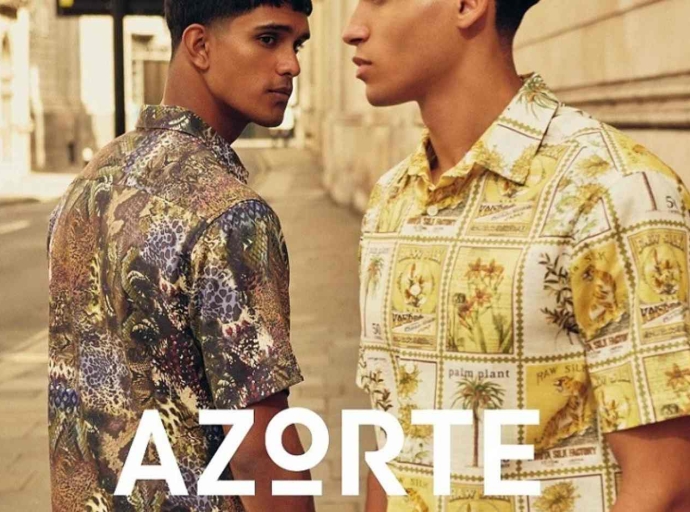26 December 2024, Mumbai
The Pant Project, a leading clothing brand known for its custom and ready-to-wear pants, launched an innovative experiential campaign at Mood Indigo, Asia’s largest college cultural festival, held at IIT Bombay from December 25–27, 2024. The centerpiece of the campaign, created with "Experimental Much?," is a giant pant installation made entirely of denim, embodying the brand's commitment to creativity and individuality.
Targeting Gen Z, the activation encouraged festival-goers to interact with the installation by doodling, spray-painting, and leaving their mark. This immersive experience aimed to foster a sense of community and self-expression, aligning with the values of authenticity and creativity cherished by the younger generation.
"Our goal is to create a deep, emotional connection with Gen Z through this initiative," said Dhruv Toshniwal, Co-Founder of The Pant Project. "It’s about more than jeans; it’s about celebrating individuality and leaving a lasting impression."
Known for its premium denim collection, including relaxed-fit and power-stretch slim-fit jeans, the brand focuses on comfort, durability, and style. Sukita Tapadia, CMO, emphasized, "This activation transforms denim into a medium for self-expression, inspiring a stronger bond with our audience."
The campaign underscores The Pant Project’s mission to blend innovation with meaningful engagement, ensuring Gen Z feels seen, heard, and connected.
The Pant Project, founded in 2020 by Dhruv and Udit Toshniwal, offers custom and ready-to-wear pants with expert tailoring and premium materials. Backed by decades of textile expertise, the brand delivers quality, style, and a seamless shopping experience.
Latest Fashion news





































